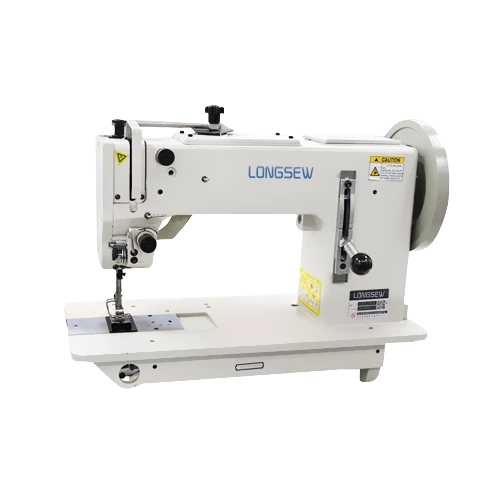Understanding the Basics of Lock Stitch and Its Applications in Sewing Techniques
What is a Lock Stitch?
Lock stitch is a fundamental sewing technique widely used in garment construction, quilting, and various fabric projects. This type of stitch involves interlocking two threads—one from the sewing machine's needle and another from the bobbin below the fabric—creating a secure and durable seam. Understanding lock stitches is essential for anyone interested in sewing, whether they are beginners or experienced crafters.
The lock stitch is characterized by its distinctive appearance; it has a smooth top side with straight stitches and a somewhat looped bottom side. This stitch is produced when the needle thread passes through the fabric, and as it comes back up, it pulls on the bobbin thread. The two threads twist together, locking them in place and securing the fabric layers. This simple yet effective mechanism gives the lock stitch its name.
One of the primary advantages of using a lock stitch is its strength. This makes it ideal for seams that require durability, such as the side seams on a pair of jeans or the hems on shirts and skirts. Additionally, lock stitches tend to lie flatter against the fabric than other types of stitches, minimizing bulkiness. This quality is particularly beneficial for garments, as it leads to a neater and more professional finish.
Lock stitches are also praised for their versatility. They can be adjusted to different lengths and tension settings, allowing sewists to tailor their stitches according to the fabric type and thickness. This adaptability makes it suitable for a variety of materials, from lightweight cotton to heavier fabrics like denim or canvas.
what is a lock stitch

In sewing machines, different types of lock stitches can be produced. The most common is the straight lock stitch, but there are variations, such as the zigzag lock stitch, which allows for more flexibility in stitching, especially in stretch fabrics. Some sewing machines are equipped with additional features that enable decorative lock stitching, enhancing the aesthetic appeal of garments and projects.
To create a proper lock stitch, it is crucial to thread the sewing machine correctly and ensure the bobbin is wound evenly. This ensures that the threads interlock properly and that the resulting stitches maintain consistent tension throughout the sewing process. If the machine is not threaded correctly, it may lead to issues like skipped stitches or uneven tension, resulting in subpar seams.
In addition to machine sewing, the lock stitch technique can also be employed in hand sewing, although it is less common. Hand-sewn lock stitches can be used for finer work or detailing, such as attaching buttons or making small repairs. Mastering this technique can significantly enhance one’s sewing skills, allowing for greater creativity and precision in fabric manipulation.
In conclusion, the lock stitch is a vital component of sewing that combines durability with neatness, making it essential for both everyday garment construction and specialized fabric projects. Understanding how to effectively use lock stitches can greatly improve the quality of one’s work, providing a strong foundation for various sewing endeavors. Whether you're creating casual wear, crafting quilts, or embarking on more complex sewing projects, the lock stitch will undoubtedly play a crucial role in your journey.
-
Boost Production Efficiency with a Pattern Sewing MachineNewsAug.29,2025
-
Industrial Excellence with the Best Heavy Duty Sewing MachineNewsAug.29,2025
-
Precision and Power with the Best Pattern Sewing MachineNewsAug.29,2025
-
Reliable Bulk Packaging Starts With the Right FIBC Sewing MachineNewsAug.29,2025
-
Advanced Packaging Solutions: Elevate Productivity with Jumbo Bag Sewing Machine and Industrial Stitching EquipmentNewsAug.29,2025
-
High-Performance Solutions for Bulk Packaging: FIBC Sewing Machine and MoreNewsAug.29,2025
-
Maximize Efficiency with an Industrial Cylinder Arm Sewing MachineNewsAug.28,2025


























